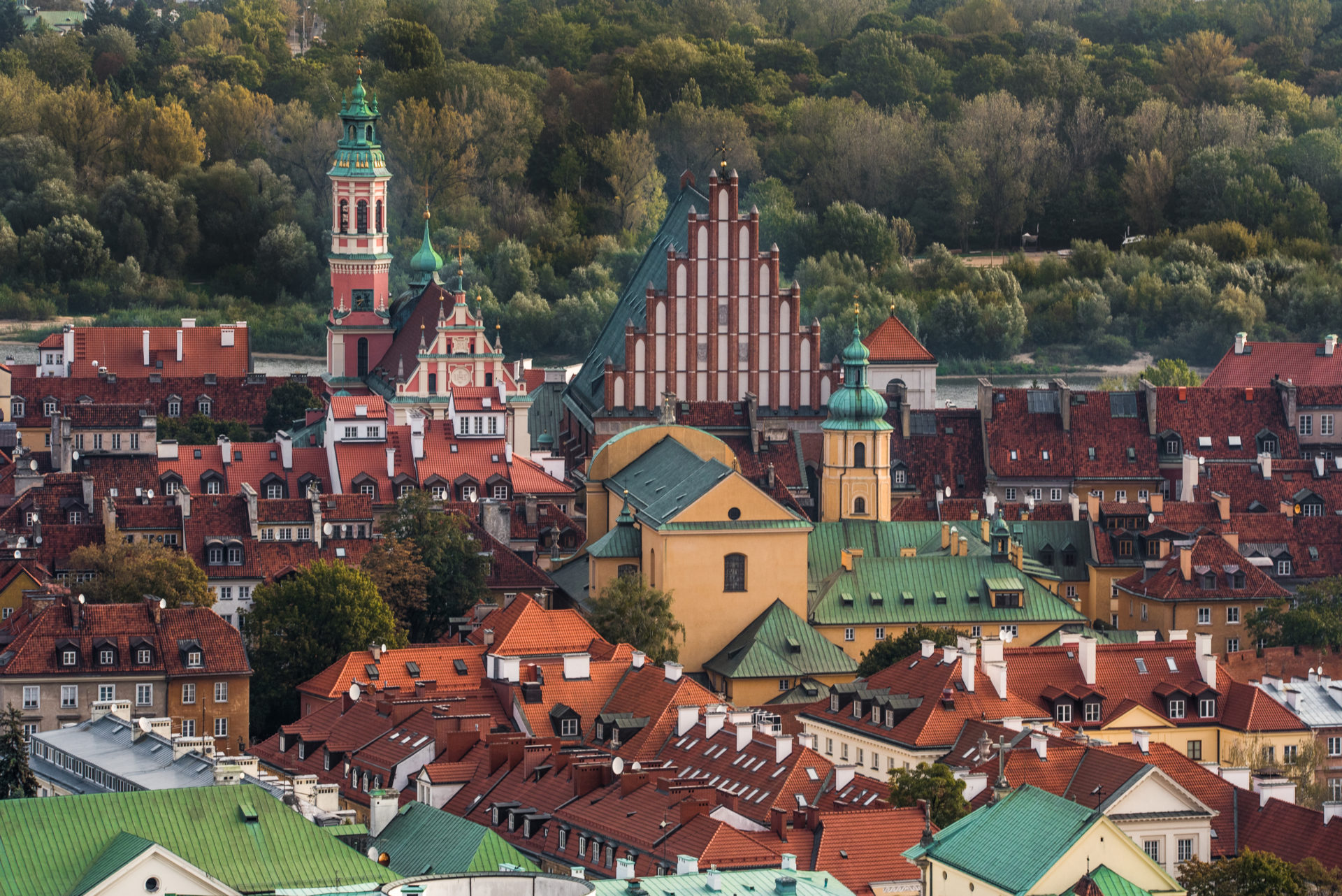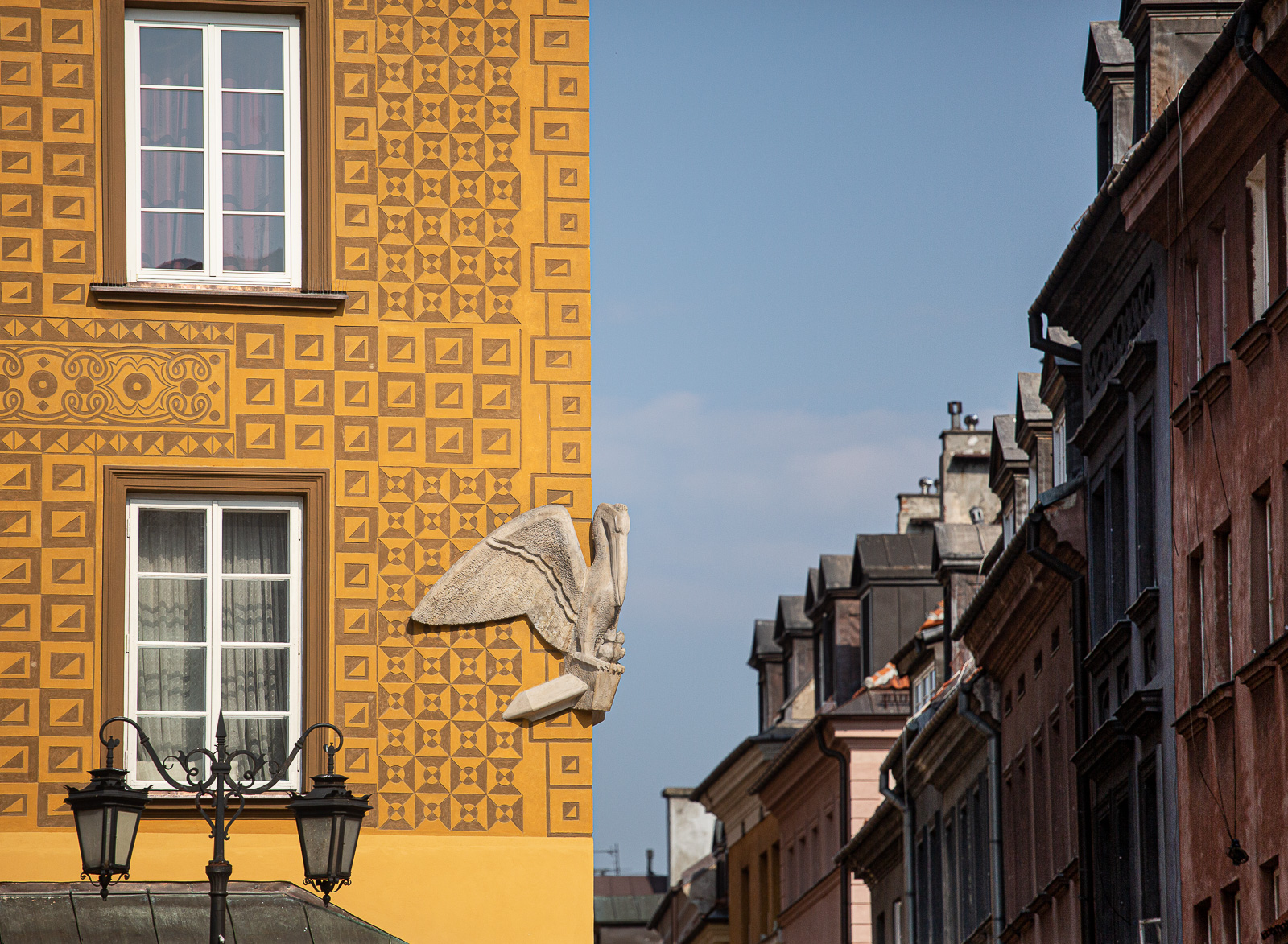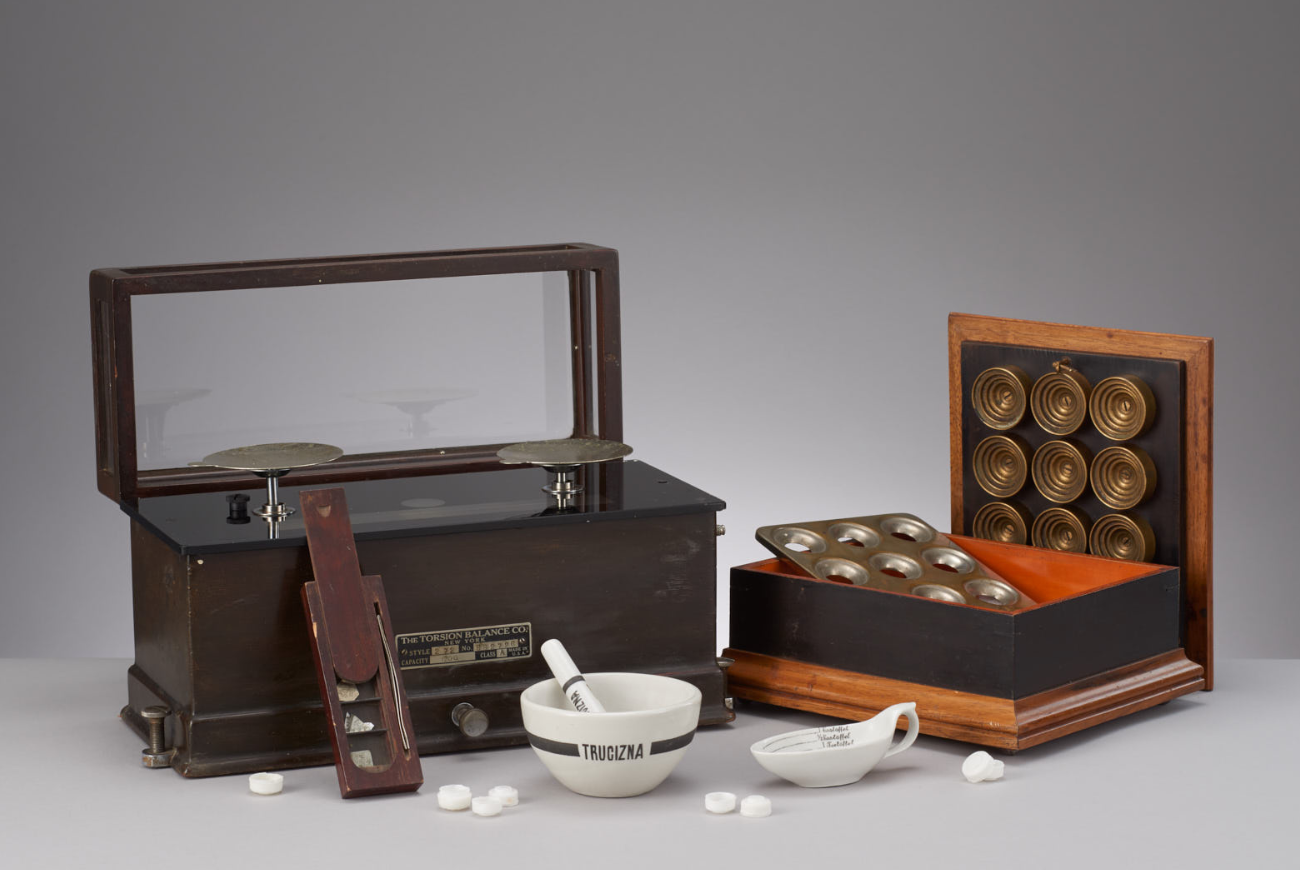12.09.2022 / Activities, News, The Heritage Interpretation Centre, The Museum of Pharmacy, The Praga Museum of Warsaw
Educational offer for schools

Warsaw is a fascinating town, both when it comes to its history and its present condition.
Educational activities organised in the Museum of Warsaw and its branches (the Museum of Pharmacy, the Praga Museum of Warsaw) are aimed at translating these issues into the language of children and youth and sharing knowledge in an accessible and engaging way.
The activities combine theoretical elements with a hands-on approach – for instance with manual workshops or interesting field trips.
Museum of Warsaw

During lessons in the Museum of Warsaw, students will see streets and monuments and compare historic places with the most modern ones. In order to discover the many faces of Warsaw they may have to take a walk.
Dates: Tuesday–Sunday
Time: 9AM–5PM
Maximum number of participants (museum lessons, walks): 25
Place of meeting: at the museum ticket offices, Rynek Starego Miasta 42
Booking: edukacja@muzeumwarszawy.pl, +48 22 277 43 78
Price: 330 zł
Legendary Warsaw (museum lesson/walk)
Let us search for the clues from the Warsaw legends!
We will discover that in Warsaw the fantasy world permeates the real one, and seemingly ordinary objects and locations turn into elements straight from magical tales. The story is enriched with fun facts, and various activities will make the walk especially attractive to young explorers.
Duration: 75 minutes
Accessibility: people with impaired mobility or vision, people with intellectual disability, people on the autism spectrum
Legendary Warsaw (museum lesson/walk)
Let us search for the clues from the Warsaw legends!
We will discover that in Warsaw the fantasy world permeates the real one, and seemingly ordinary objects and locations turn into elements straight from magical tales. The story is enriched with fun facts, and various activities will make the walk especially attractive to young explorers.
Duration: 75 minutes
Accessibility: people with impaired mobility or vision, people with intellectual disability, people on the autism spectrum
The story of a rebuilt city
During the meeting we’ll take a look at the history of the Old Town – the scale of its destruction and the phenomenon of its reconstruction. We will find out what the UNESCO World Heritage List is and why Warsaw’s Old Town was inscribed on it.
We will deal with the challenges faced after the war by the employees of the Biuro Odbudowy Stolicy (Capital Reconstruction Office). We will take part in a discussion during which we will play the role of the architects – modernists, socialist realists or supporters of historical reconstruction. Will we be able to convince residents to the proposed reconstruction concept?
We will also talk about the urban challenges posed by the 21st century. How do we deal with them?
Duration: 90 min
Place of meeting: The Heritage Interpretation Centre, at the museum ticket offices, 11/13 Brzozowa Street
Old Town—past and present views (walk)
A walk demonstrating changes taking place in the oldest part of Warsaw—often very subtle, and yet reflecting the situation as well as social and cultural transformations resulting from both long-term processes and violent historical events. We will ponder over whether and how a small quarter can focus in itself and demonstrate several hundred years of history of the entire city.
What has changed and why, and what has remained the same?
We will compare the views of Warsaw today with their equivalents from various historic eras and we will learn how to read a city using the top-down approach.
Duration: 90 minutes
Warsaw in a nutshell (museum lesson)
What was Sigismund III Vasa’s contribution to Warsaw? Which events exterted the biggest influence on the history and identity of the city? Where is Wilanów located and why is it worth visiting the Royal Baths Park [Łazienki Królewskie]?
In a clear, condensed form we learn the basic facts from the history of Warsaw, the city’s modern topography and most interesting locations. The class is an introduction to further sightseeing and learning about Poland’s capital.
Duration: 90 minutes
The secrets of the Old Town (city game)
What secrets hides the Old Town in Warsaw?
What can surprise us?
During the city game in English, we will discover the secrets and interesting facts about the Old Town and its history. We will practice our perception, attention to architectural details and creativity. By completing the tasks, we will learn about the destruction and reconstruction of Warsaw. We will observe the symbols of the city. We will also check whether the Warsaw mermaid can coexist in the same legend with the Basilisk and the stone bear.
The game is prepared for students who speak English at least B1 level, as well as their foreign friends, who would like to learn about the history of the capital. It can enrich your language lessons or became a part of an extraordinary sightseeing tour of Warsaw.
Duration: 90 min
Museum of Pharmacy

During lessons in the Museum of Pharmacy, students learn about the basic types of herbs or medicines’ groups and they explore reconstructed interior of an old pharmacy from the 1920s and 1930s.
Dates: Thuesday–Friday
Time: 10AM–5PM
Maximum number of participants: 25
Place of meeting: Museum of Pharmacy, ul. Piwna 31/33
Booking: muzeum.farmacji@muzeumwarszawy.pl, +48 22 831 71 79
Price: 330 zł
Health from the meadow
What are herbs and medicinal plants? Where can we collect them, how do they smell, and what do we use them for? What smells better – an oil obtained from a plant or a dried plant itself?
During the classes, children will be able to learn about the basic types of herbs (e.g. mint, chamomile, lavender, fennel), as well as smell some dried herbs and oils. They will also explore the interior of an old pharmacy and learn how herbs were once stored and what tools were used to process them.
In the workshop part, participants will be able to prepare their own herbal mixture in a mortar and take it home.
Duration: 45-60 minutes
Accessibility: with a physical disability
Laboratory, pharmacy, shop
During the lesson, students learn about changes that have taken place in the functioning of the pharmacy from the end of the 19th century to the present day. They follow fascinating history from the times when experiments were conducted in the pharmacy laboratory and new substances were discovered there, to the times when the manual production of drugs in the pharmacy practically disappeared.
While exploring the exhibition, participants learn about medicines’ groups (drugs for the respiratory system, painkillers, heart drugs, dermatological drugs, etc.). What was uranium glass used for, and why brown-colored bottles are widely used to store medical substances? What information can be found in a book called pharmacopea?
Working in groups, the participants will find answers to the selected questions.
Duration: 60 minutes
Accessibility: with a physical disability





